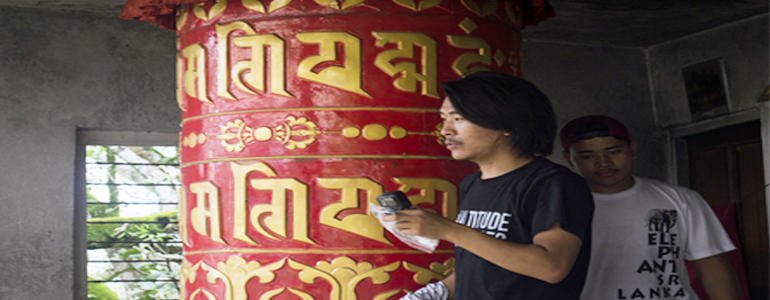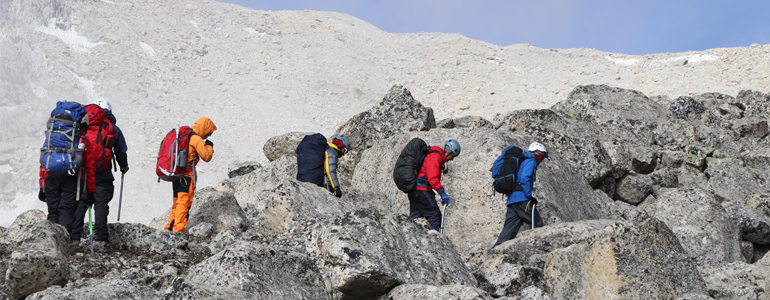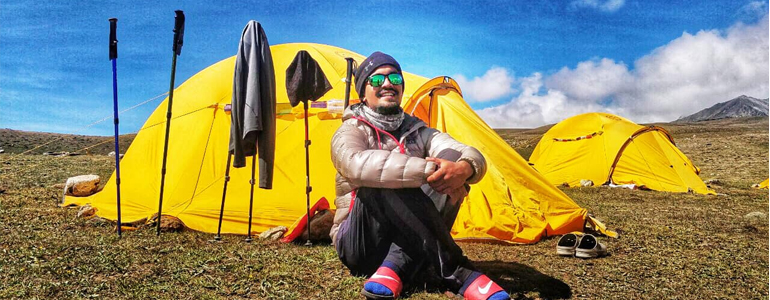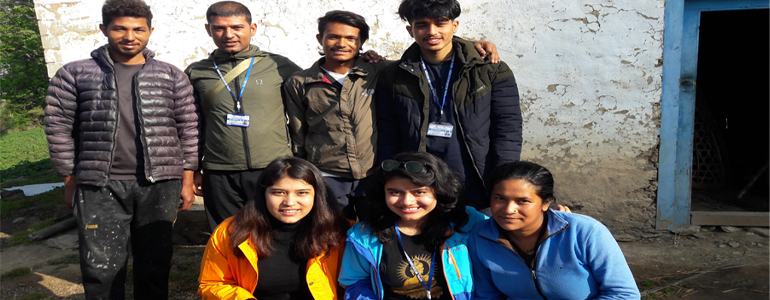Mani wheel (also called Prayer wheel) is an important part of Buddhist practices. A Mani is a cylindrical wheel on a spindle often beautifully embossed on metal, wood, stone, leather or coarse cotton and nothing to do much with the size of the wheel. The Manis can be easily seen on the monasteries, Gumbas and places influenced by Buddhist practices. Mani wheels are the examples of Buddhist technologies as well which conceptualize that all prayers, faiths and the devotion towards well-beingness of the universe multiplies as expressed by millions. The Mani wheels are filled with mantras (sacred spells associated with particular deities) such as the mantras of Avalokiteshvara (God of long life), “Om Mani Padme Hum”. The mantras are printed or handwritten on a very thin and tiny paper as many times as possible and in some cases numbering in millions (according to sizes of Mani wheels). The papers imposed with mantras are wrapped around a spindle and covered with a protective cylinder. Turning a Mani wheel with a large number of mantras inside is what could be compared to stating/ chanting those huge number of mantras, yet accomplished in a small amount of the time. Increase of advantage is likewise accomplished by supplication wheels fueled by wind, water and even electricity-powered at the current times. Whatever breeze or water that contacts the wheel will get blessed and then can purify whatever else it touches of negative karma.
Mani wheels range in size from handheld to large wheels set fixed into a building. The wheels are made to be turned by hand, wind or water. Generally, these are turned clockwise while walking around the monastery or Gumba and gain the benefit of circumambulating the sacred building as well as the prayers sent up by the Mani wheels.
Mani wheels are also used as an aid to meditation and as the means of accumulating merit wisdom, to help all beings around the world, to purify karmas, keeping negative energy and karma asides. Mani wheels are also used for meditation and purification. According to Lama Zopa, Rinpoche, “To benefit sentient beings, the Buddhas and Bodhisattvas manifest in the prayer wheel to purify all the negative karmas and obscurations, and to cause us to actualize the realizations of the path to enlightenment”. It is believed that prayer wheels were in practice and were spread by Mahayana teaching of Vajrayana. Nagarjuna gave the practice to lion-face Dakini, who gave it to Padmasambhava which he introduced to the Tibetan people. However, the advantage of turning the wheel with a concentrated mind is supposed to be one hundred thousand times more prominent than turning it with an occupied brain.










